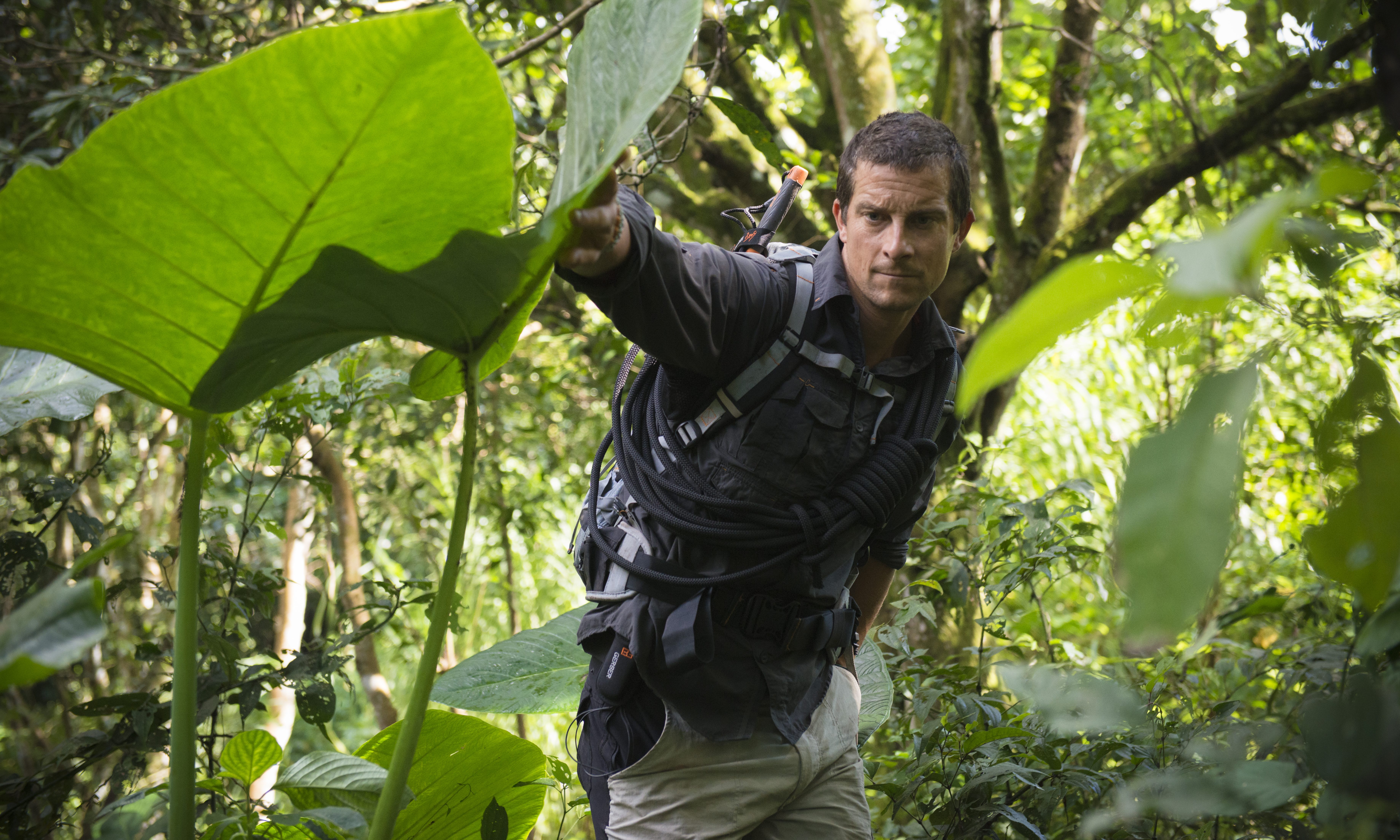

Finding drinkable water is one of the most vital skills of any survivalist. You can survive for a couple of weeks without food, but only two or three days without water—and if you are in a very dry or very hot place, that window shrinks.
Videos by Outdoors
While there are different methods for collecting water in different terrains like mountains, jungles, cold regions and deserts, you need to ensure that what you collect is safe to drink.
“In a survival situation, pretty much nothing else matters if you don’t have access to clean drinking water,” says Bear in How to Stay Alive. “‘Clean’ is the operative word. Water-borne pathogens are some of the biggest killers in the world.”

The risks of contaminated water
Even if it doesn’t kill you, dirty or contaminated water can make you vomit or cause diarrhea, both which will dehydrate you even further. And even the water from a clear mountain stream can contain parasites or bacteria. “Drinking contaminated water is worse than drinking no water at all,” says Bear.
The purest water will be that from the atmosphere (rain) or from plants or ground sills. When you collect water from other sources, you need to first filter it to remove as much particulate as possible, then purify it to kill illness-causing germs.
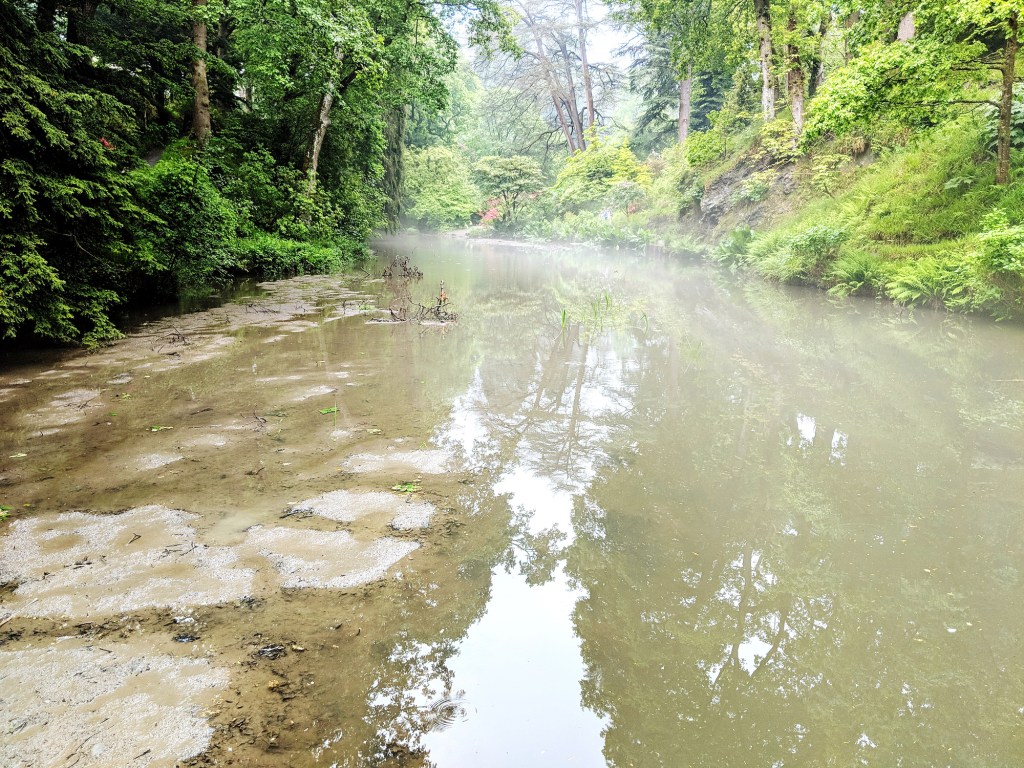
How to filter water
Many military kits have a Millbank bag, into which you pour found water to filter it—the bag traps any debris and cleaner water drips out.
You can also improvise with a sock, underpants or a pair of tights. Bear’s tip is to fill your sock (or whatever you are using) with sand and rocks, putting the finest material at the bottom and the coarser material at the top. Pour the water through, and the material will trap the worst of the debris.
“If you need to get water into your body fast, a rough filter will probably suffice,” he says.
Another way of filtering water is to carry a water filtration survival straw, which Bear always has in his essential survival backpack.
How to purify water
After you’ve cleared out the worst of the debris, you must purify the water before you put it to your lips. “I always carry purifying tablets in my survival kit,” says Bear. “If my water is not too dirty, I’ll chuck one in. If it’s honking, I’ll chuck in two or three. It won’t taste great, but it’ll do the job.”
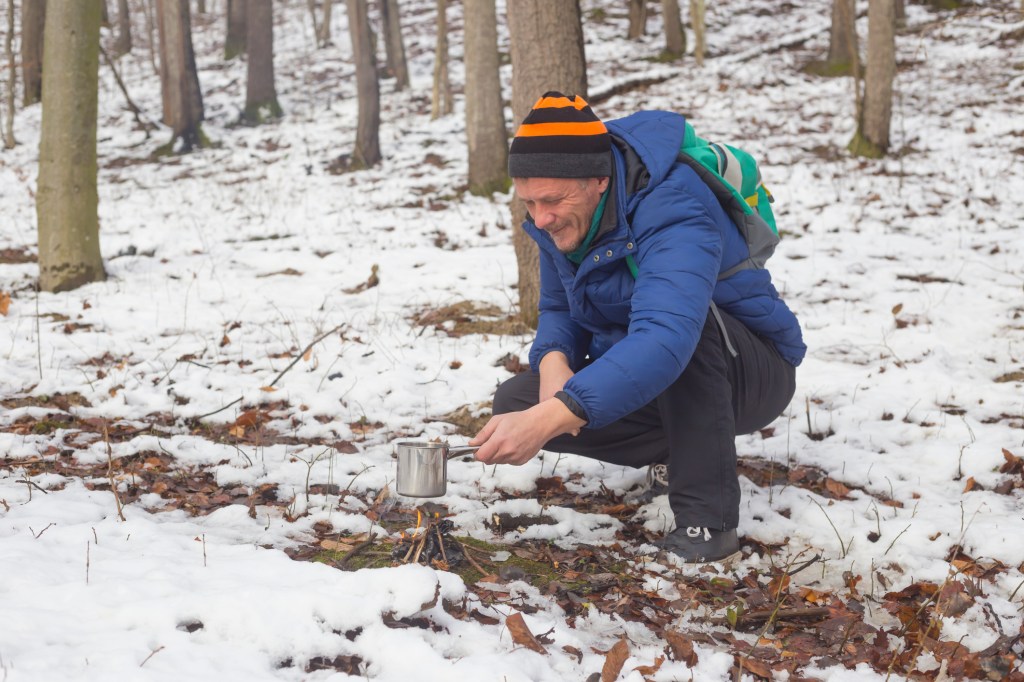
Another way to purify water is to boil it. Ideally, you’ll want to boil it for 10 minutes, which is ok to do if you have a lot of water. If you don’t, stop boiling it after it has come to the boil or after a minute or two, so that you don’t lose too much in evaporation.
“Once it’s come to the boil, drink it: 99.9 percent of the pathogens will have been killed,” says Bear.
Bear says that in an emergency, water can also be partially purified if it is left to stand for 24 hours in direct sunlight, as the ultraviolet in the sunlight will kill some of the bacteria.
Is urine safe to drink?
We wouldn’t normally wonder this, but as we have all seen Bear drink urine when there’s no other option. Even though it sounds gross, is urine sterile to drink or does it need to be purified?
“Urine is a life-saver if you have no other source of water,” says Bear. “It’s almost sterile when fresh, but you don’t want to drink it if it’s very dark: it’ll poison you rather than hydrate you.”
More from Bear Grylls:
- How to Make a Toothbrush in the Wild
- Driving in the Snow
- How to Build Shelter in a Forest
- How to Survive Sub-Zero Temperatures
- What to do If You’re Bitten by a Snake
- How to Navigate Without a Compass
- How to Deal with Injuries in Survival Situations
- How to Find Water in the Mountains
- Making Shelter in the Snow
- Priorities of Survival
- How Bear Grylls Lights a Fire
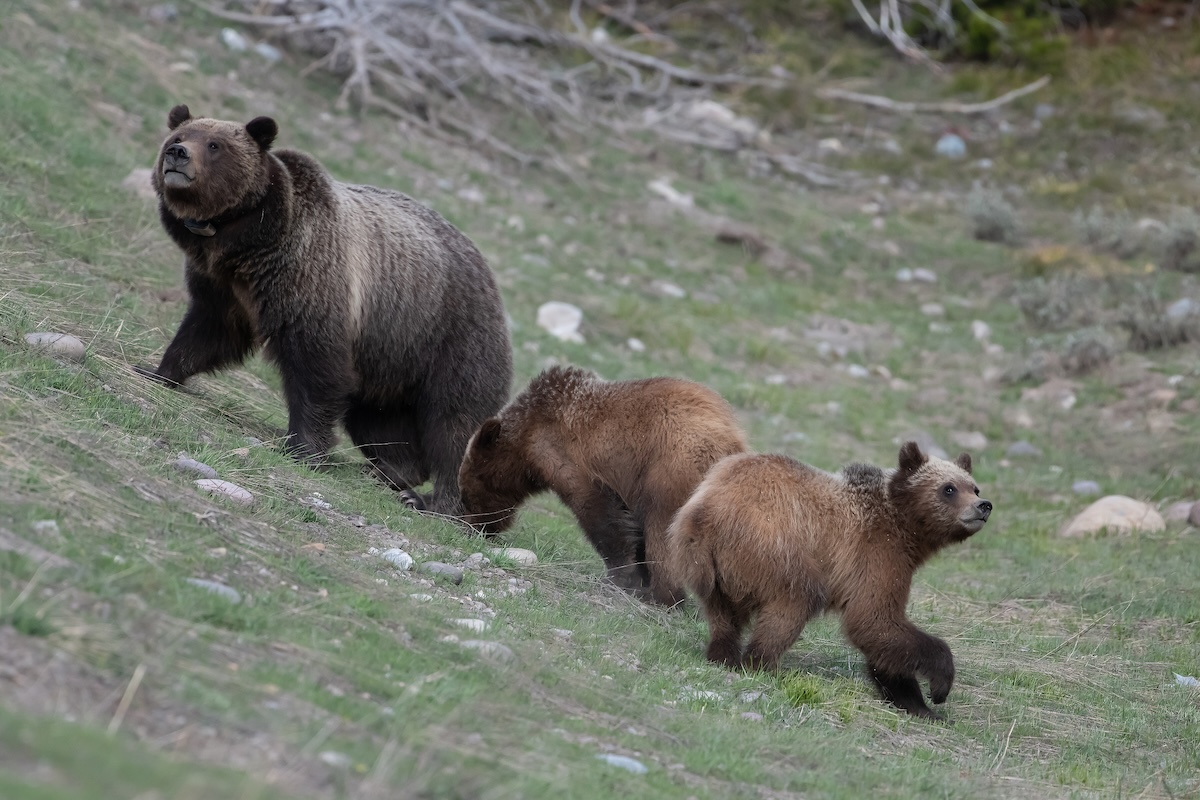
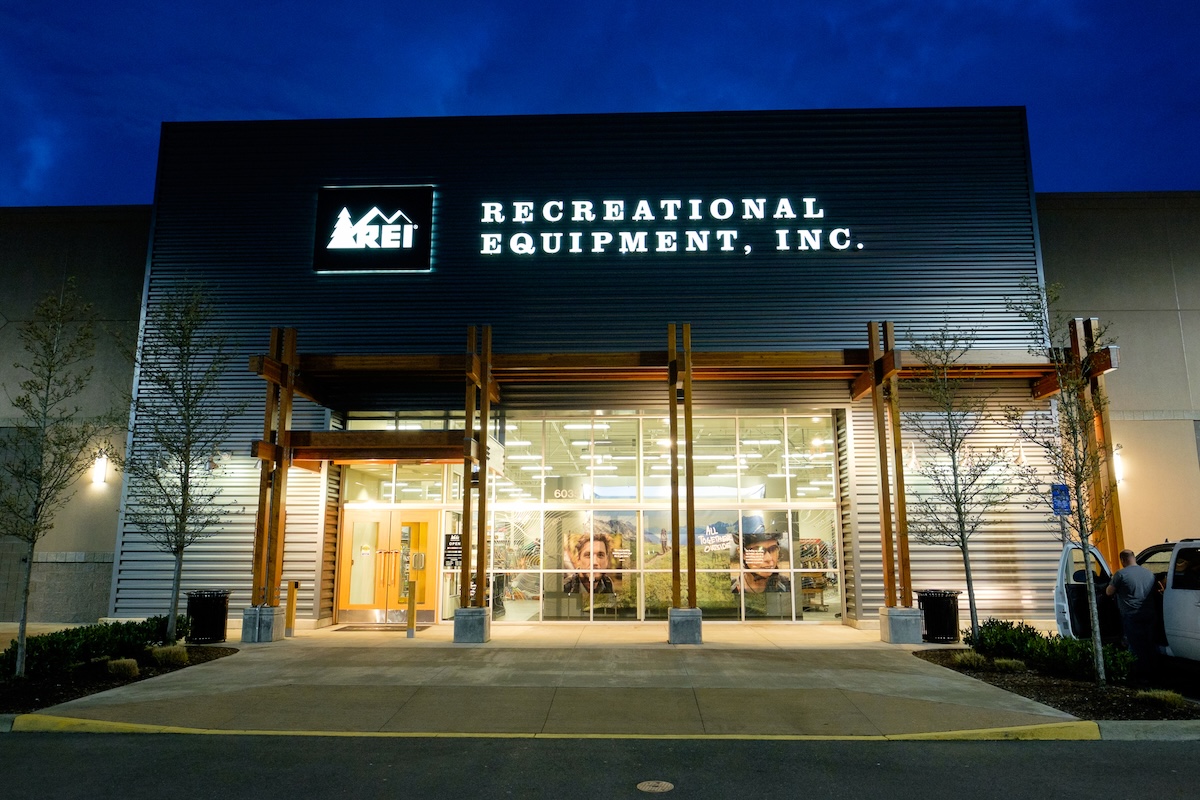
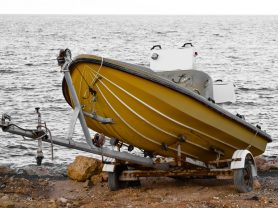



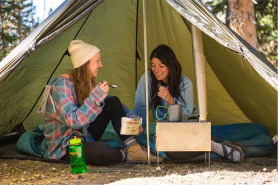
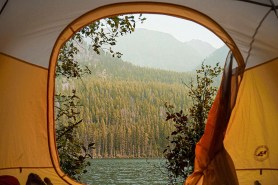
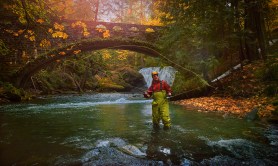
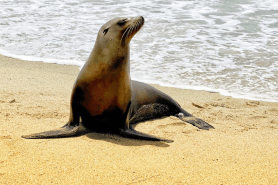
Thanks Bear!!
Pingback: Do You Plan Hikes While Traveling? Some Tips for Staying Safe | Ordinary Chaos
Pingback: Do You Plan Hikes While Traveling? Some Tips for Staying Safe – TravelAwaits – FlashFeed Online: Breaking News at Your Fingertips